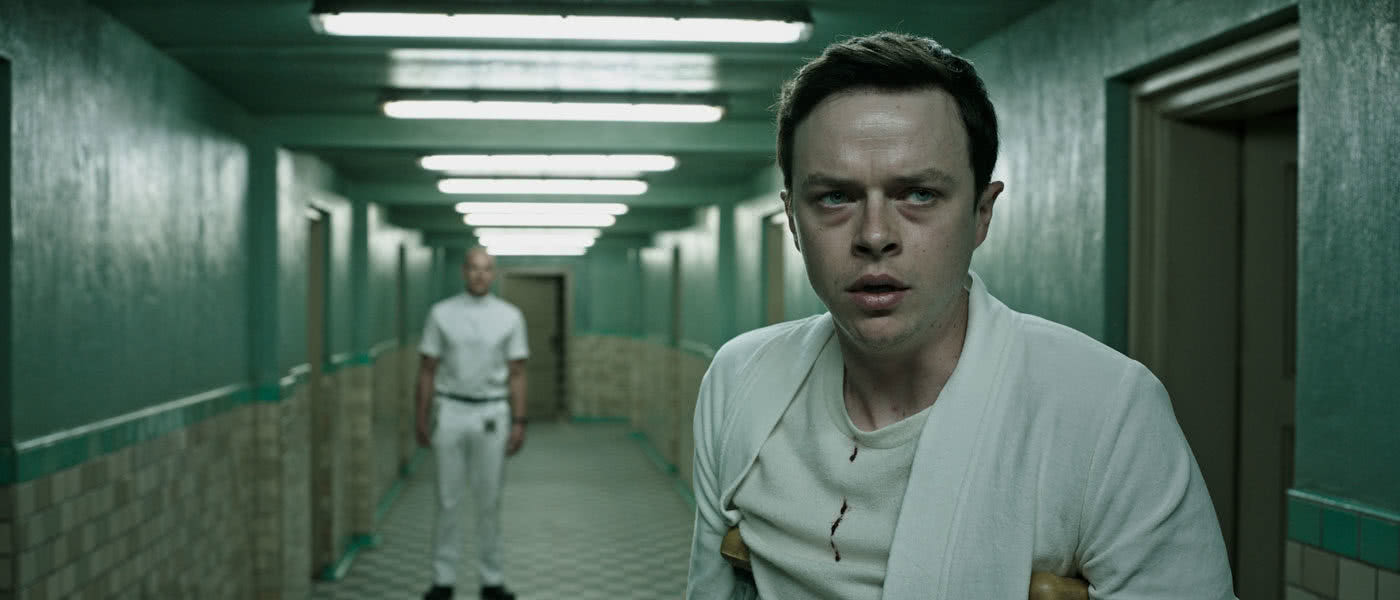Modern gothic horror A Cure for Wellness is a beautifully composed but utterly lacking in surprise, says MacDara Conroy
You won’t see a weirder mainstream motion picture this year than A Cure for Wellness, that much is certain. Gore Verbinski’s return to the horror genre after his 2002 remake of Japanese trendsetter Ringu does not lack for intense visuals and unsettling atmosphere of a kind that’s usually the preserve of more dedicated masters of the macabre.
That needs to be pointed out because Verbinski is far better known for the turgid Pirates of the Caribbean franchise, which has its scary moments but no more than you’d find in the average theme-park haunted house. And there’s The Ring to consider: a great example of how to ruin an expertly crafted modern ghost story with Hollywood excess. (The less said about The Lone Ranger, the better.)
Those same excessive traits carry over to A Cure for Wellness, a film that’s simply far too long for what its relatively simple story requires — especially when the audience gets ahead of the plot before it’s half-way through.
That plot follows an ambitious Wall Street banker (Dane DeHaan) who’s coerced by his company’s senior partners into retrieving one of their own from a unique health spa in an Alpine castle hideaway that’s run by a charismatic Swiss doctor (Jason Isaacs). But the visitor soon finds his progress thwarted by a series of unfortunate events that begin to look a lot less like accidents as he gets deeper into the spa’s history, and uncovers its terrible secrets.
It’s a riff on Thomas Mann’s The Magic Mountain at root, but Verbinski simply uses that as a canvas on which to paint copious references not just to classic gothic horror tropes, but also specific moments and themes from more films than one can count. That forbidding mountain-top keep is straight out of the early Universal horror template; its dizzying maze of corridors and the nightmarish visions within nod to Kubrick, Russell et al, while the plot’s pivotal comely maiden — Mia Goth, seen in last year’s problematic The Survivalist — calls back to the ethereal ingenues of the Hammer era. I could go on, and on, and part of the fun is picking up on all the cross-genre homage.

It’s one thing Verbinski gets right; he doesn’t allow these echoes to smother his own story. He also gets its style spot-on. Beautifully composed in tandem with regular cinematographer Bojan Bazelli, Verbinski presents a slightly off-kilter version of reality, where skyscrapers loom like tombstones, the smallest of objects often swell and distort in the frame, and CG matte painting and other effects give many shots a patina of fairy-tale hyperrealism — reinforced by a deliberate dream-world quality to the performances throughout.
Every scene is composed with the utmost care — to a fault, as a number of early moments won’t make sense till the end, and even then come off more clever-clever retroactive foreshadowing than any meaningful clues to the plot. Such hints aren’t necessary; the story doesn’t exactly make its secrets secret.
That’s where A Cure for Wellness really falters, as for all of its stylistic achievements, its bounty of visual and thematic tributes, and its sheer weirdness, none of that make up for a plot that’s utterly lacking in surprise. While thoroughly unnerving in a low-key manner, moments of truly nail-biting tension and suspense are few and far between. And that’s compounded by the film being an hour longer than it ought to be.
Is it the cure for the malady of Gore Verbinski’s career as an auteur-of-sorts? It’s his best film since the underrated MouseHunt two decades ago, and that’s without a hint of irony. But the side effects do give one pause. And going by its US opening weekend box office receipts, the prognosis does not look good.
A Cure for Wellness opens nationwide on Friday February 24th


